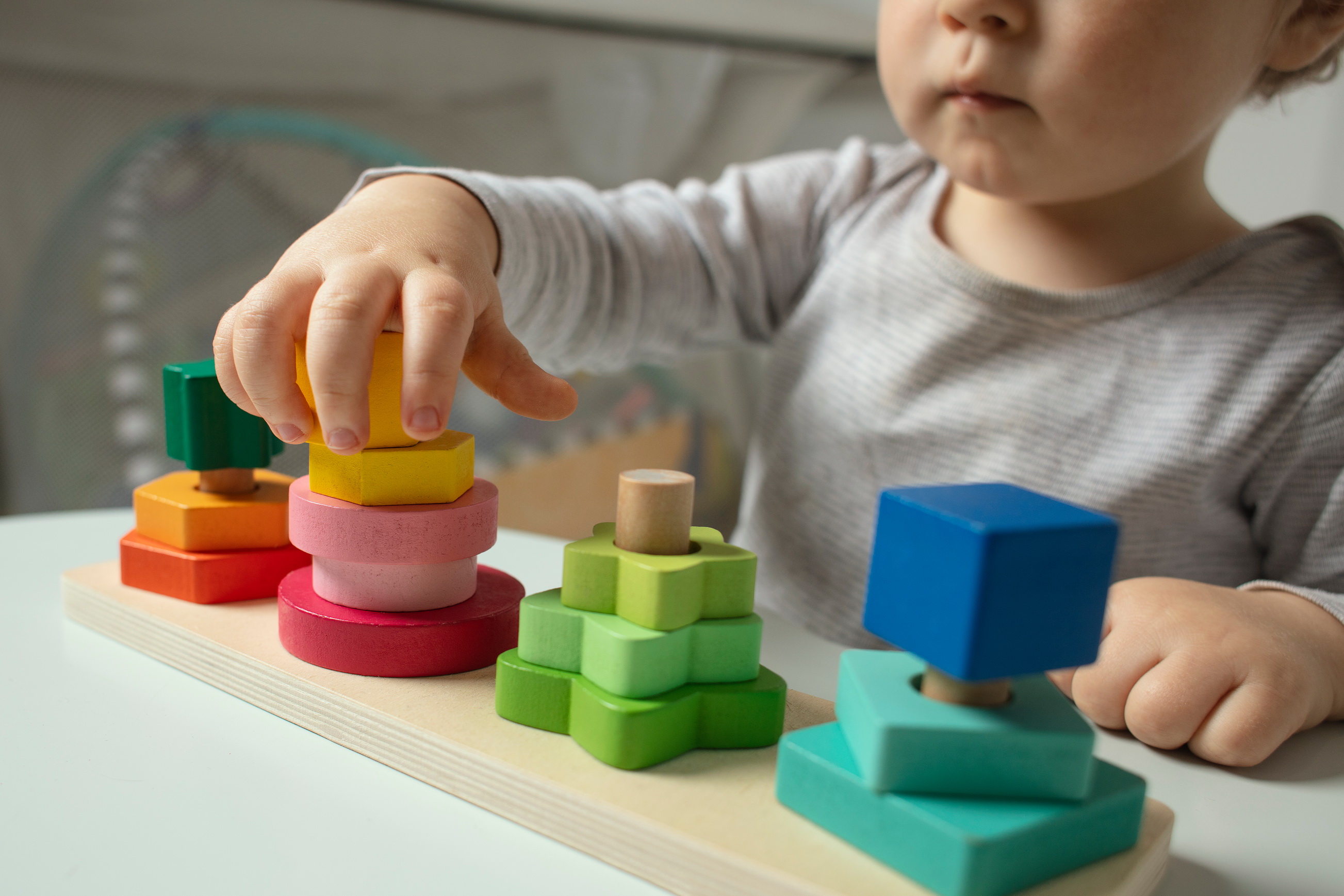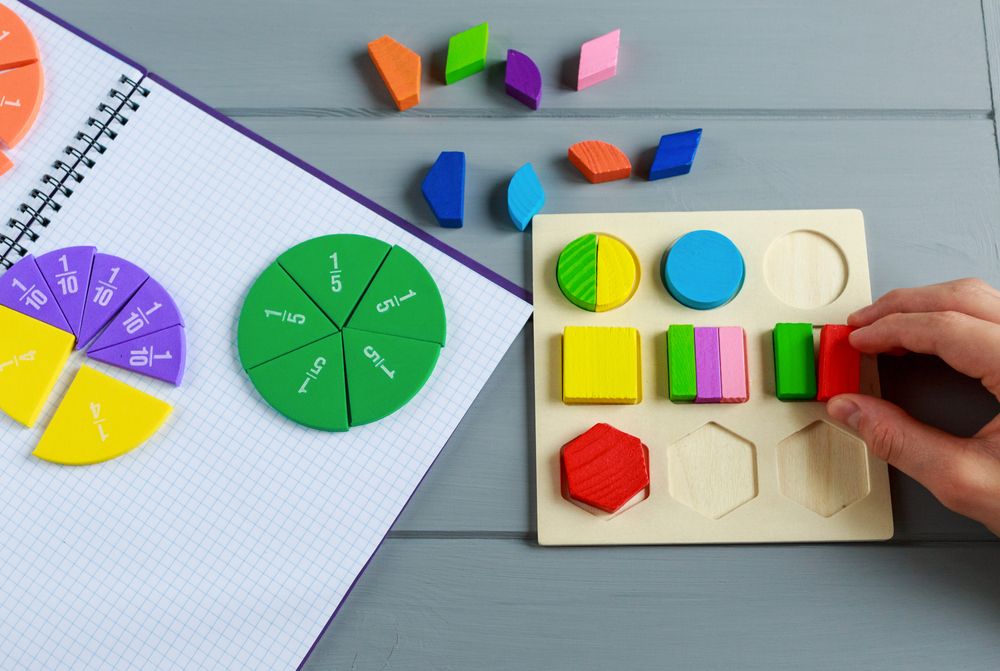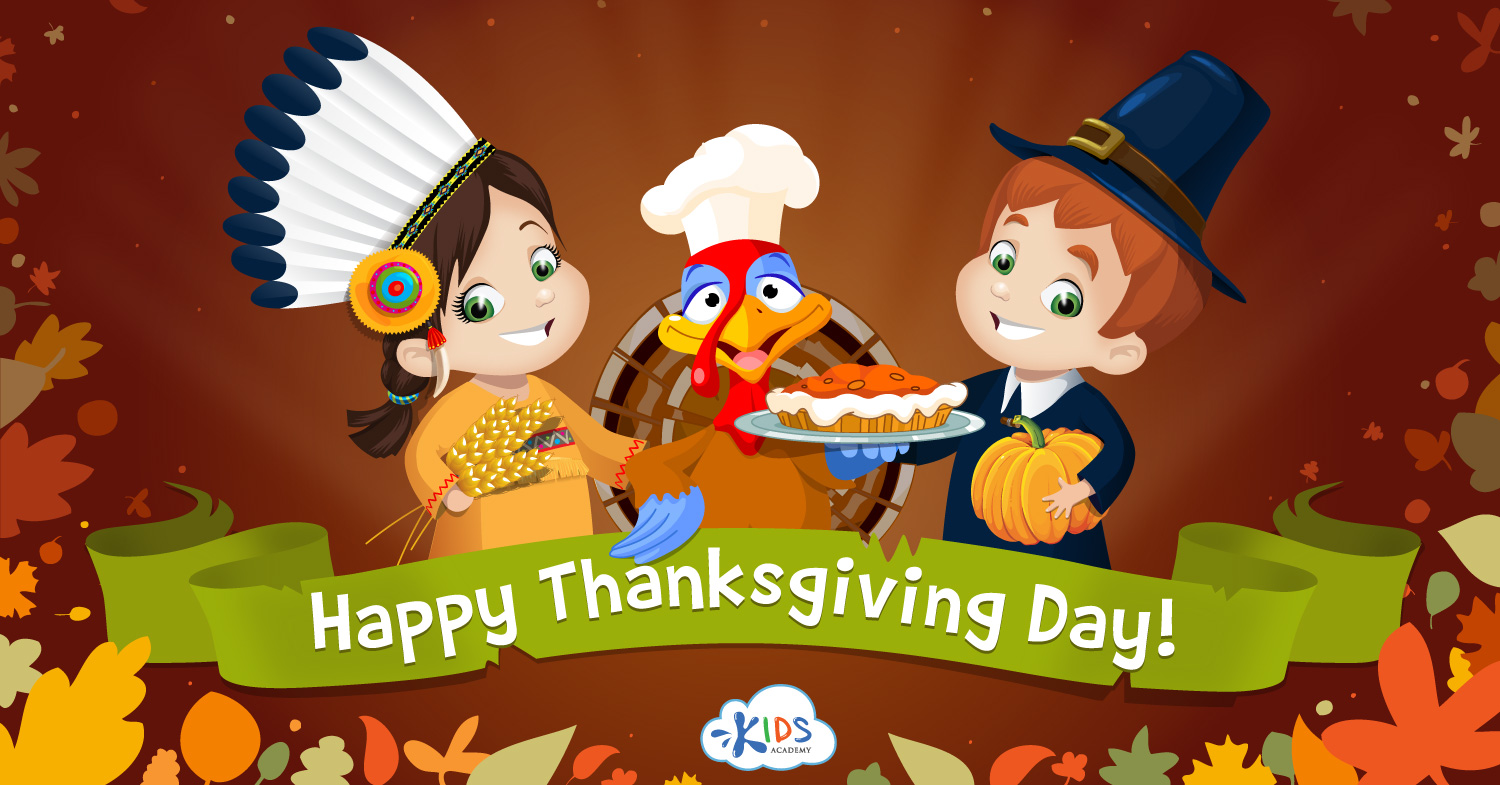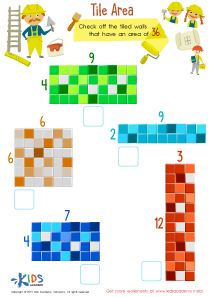Normal Comparison Worksheets for Ages 3-6
8 filtered results
-
From - To
Discover our carefully designed Normal Comparison Worksheets for ages 3-6 at Kids Academy, aimed to make learning fun and engaging. These worksheets help young learners understand concepts of size, length, height, and quantity through visually appealing activities and vibrant illustrations. Our user-friendly resources promote critical thinking and cognitive development, ensuring kids grasp foundational math skills effortlessly. Perfect for parents and educators, these worksheets blend education with play, laying a strong foundation for future mathematical understanding. Equip your child with the tools for success today! Explore the full collection and start nurturing a love for learning right away.
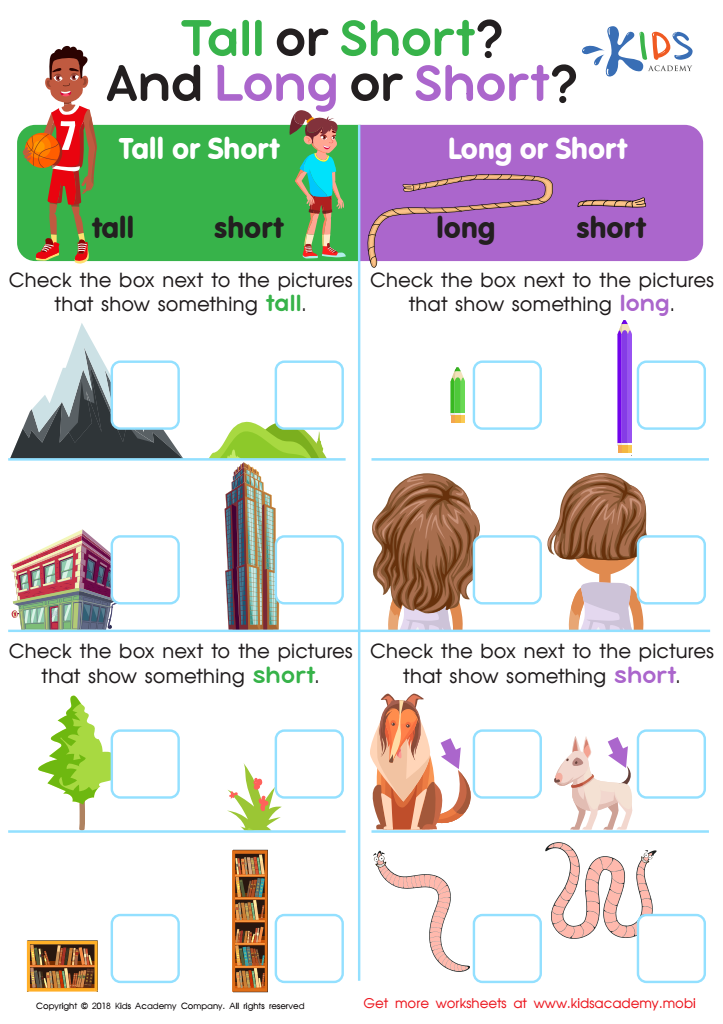

Tall or Short and Long or Short? Worksheet
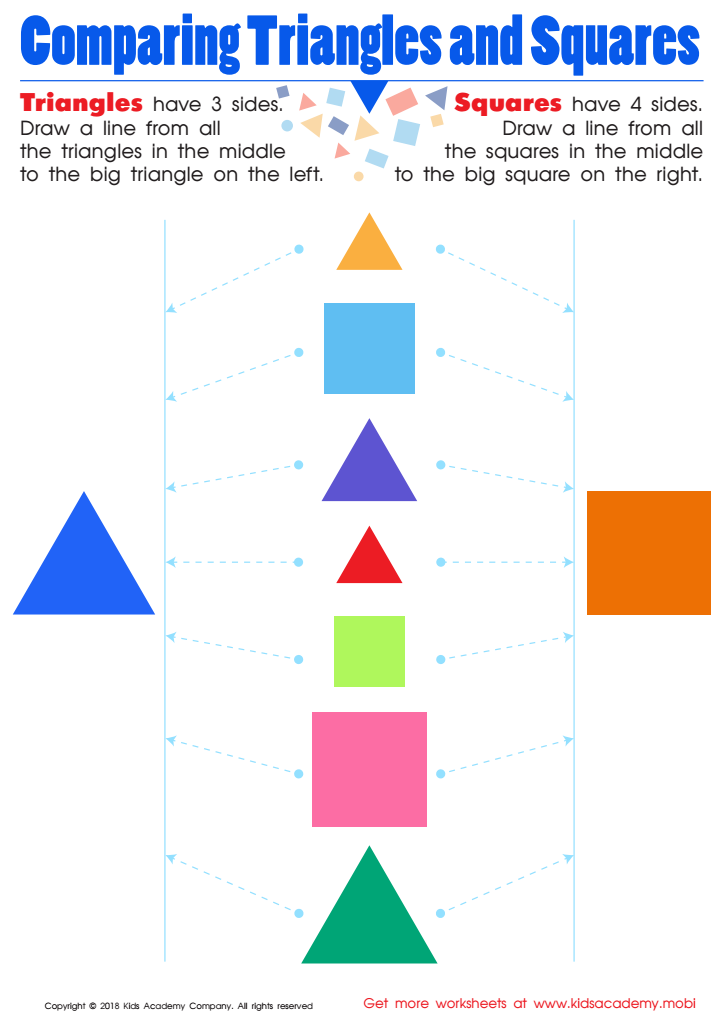

Comparing Triangles Squares Worksheet
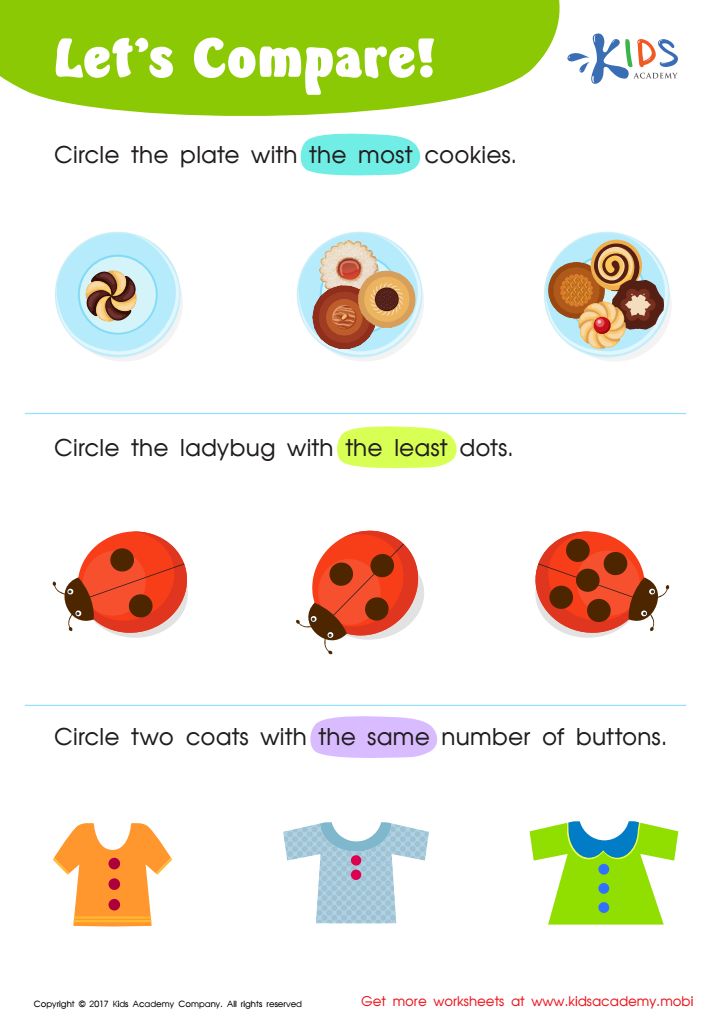

Matching: Classifying Toys by Size Worksheet
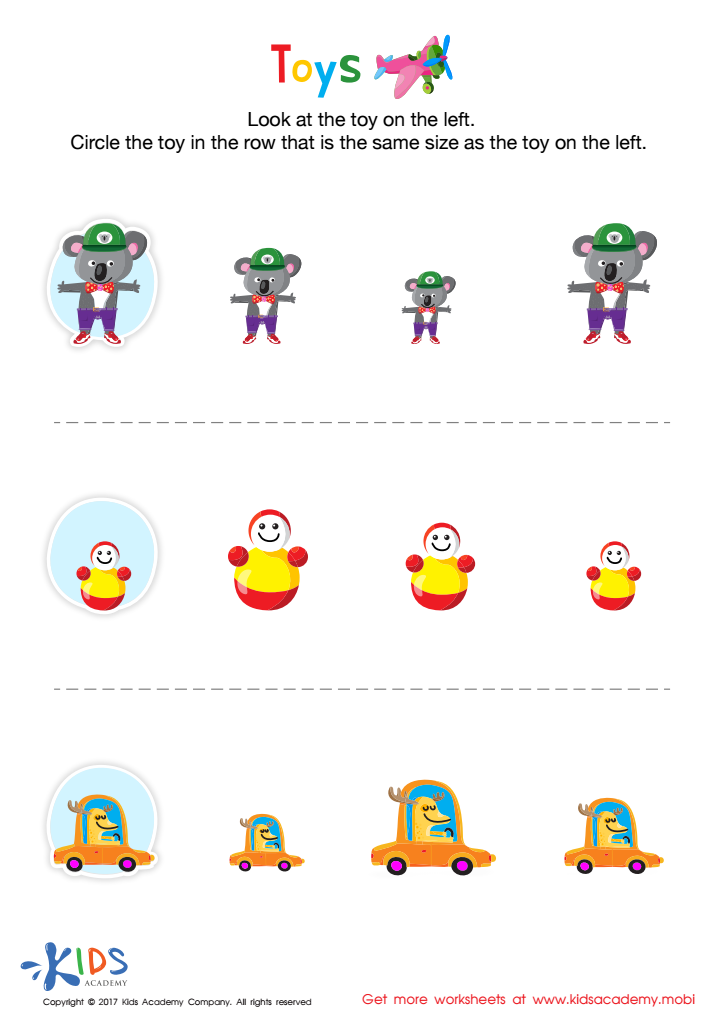

Matching: Classifying Toys by Size Worksheet
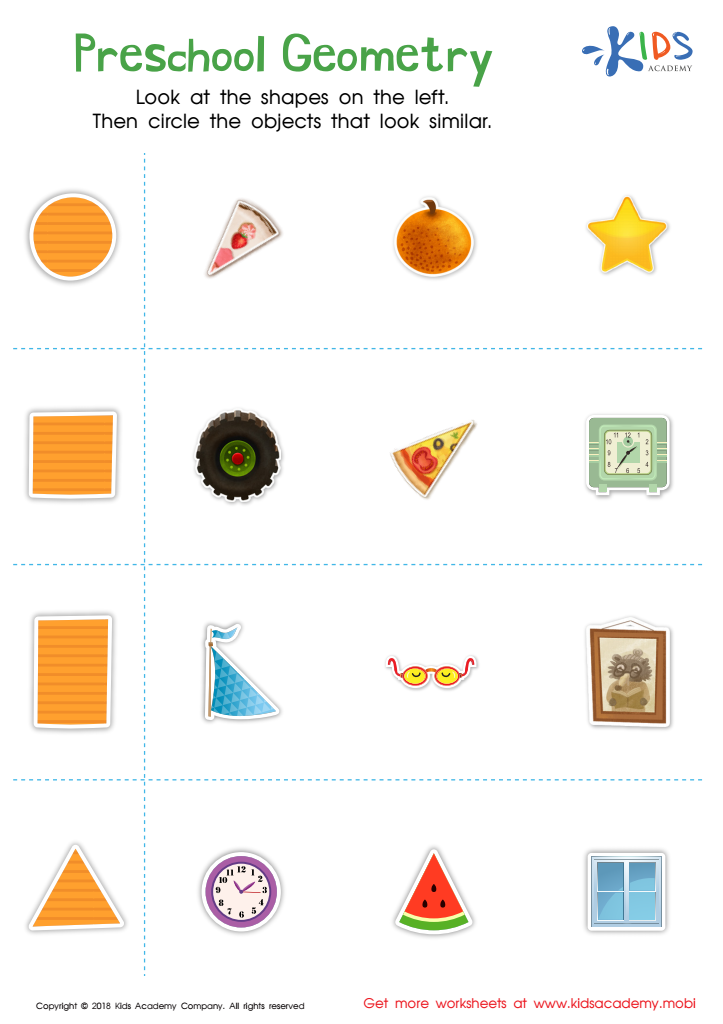

Preschool Geometry Worksheet
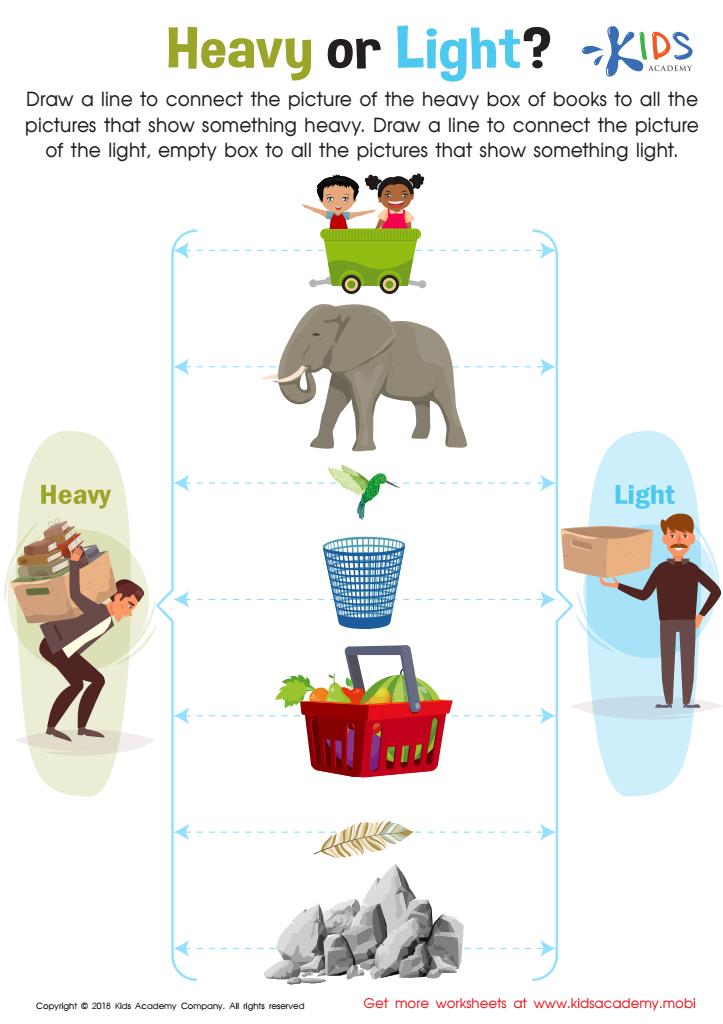

Heavy or Light? Worksheet
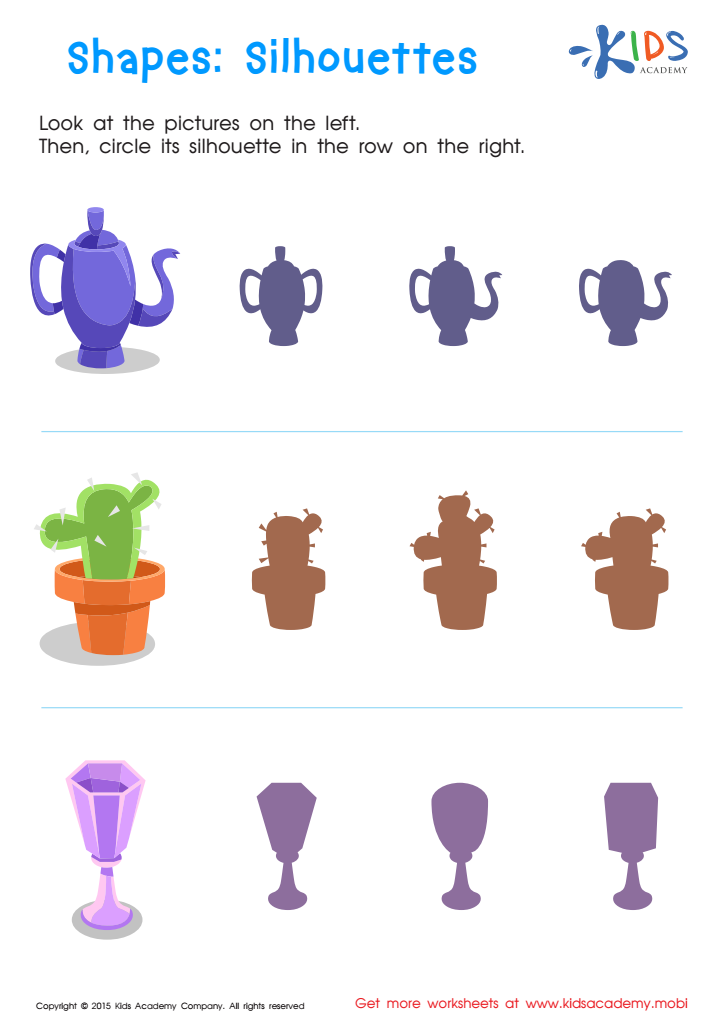

Silhouettes – Shapes Worksheet
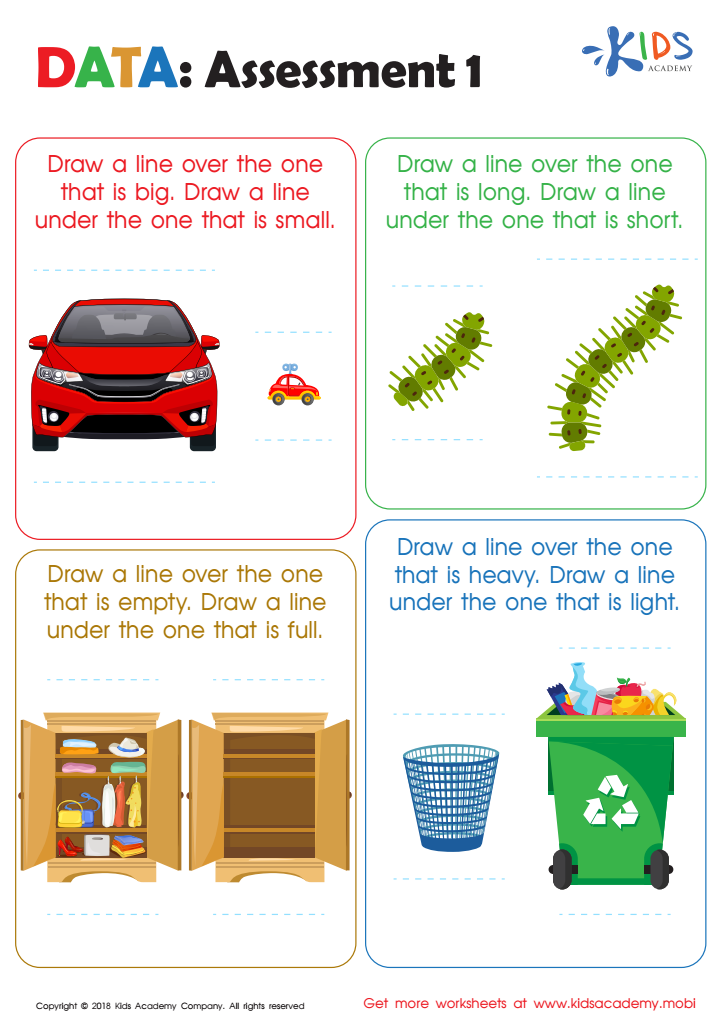

Data: Assessment 1 Worksheet
Parents and teachers should care about normal comparisons for ages 3-6 because these comparisons provide critical insights into a child’s development, highlighting whether they are on track relative to their peers. During these early years, children undergo rapid physical, cognitive, social, and emotional growth. Tracking normal developmental milestones helps identify potential delays or exceptionalities early on. For example, understanding typical language development can signal if a child needs support with speech or hearing concerns. Similarly, social comparisons reveal if a child is developing appropriate peer relationships or requires guidance in social skills.
By benchmarking against common developmental stages, parents and educators can implement targeted strategies to support balanced growth. This understanding helps foster an environment tailored to the child’s needs, ensuring robust opportunities for learning that are neither too challenging nor insufficiently stimulating. For educators, normal comparisons aid in curriculum planning and individualized instruction, while for parents, it assists in making informed decisions about extracurricular activities or when to seek external intervention. Regular check-ins against these benchmarks create a collaborative effort between parents and teachers to ensure the child progresses adequately, thereby laying a solid foundation for future success in educational and personal endeavors. Hence, normal comparisons significantly reinforce a cohesive support system vital for children’s holistic development.

 Assign to the classroom
Assign to the classroom
